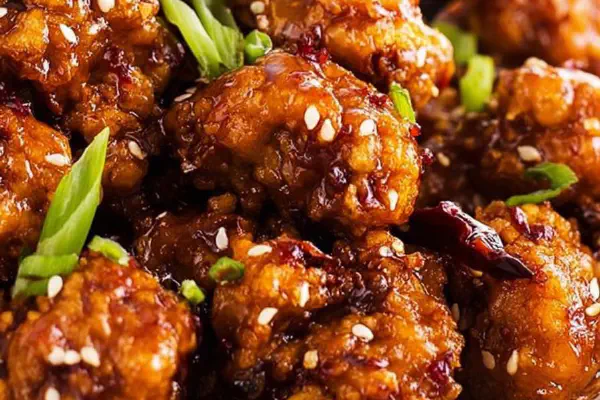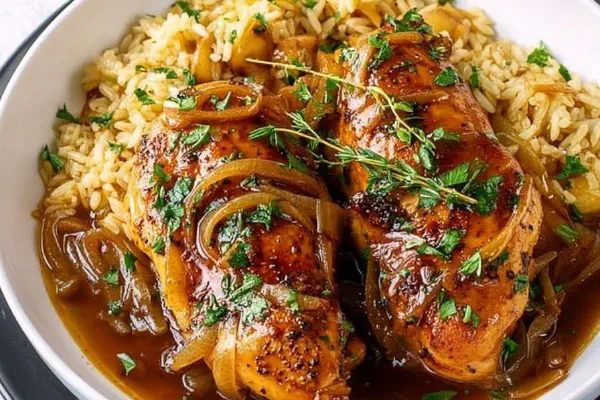Pan-Seared Haddock Spinach Ravioli

By Emma
Certified Culinary Professional
Ingredients
- 1 packet 210 g frozen spinach
- 900 ml water
- 4 eggs
- 6 ml salt
- 500 ml all-purpose flour
- Water about 10 ml as needed
- 150 g diced fresh haddock fillets
- 100 ml smoked ricotta
- Zest from 1 small lemon
- Salt and cracked black pepper
- 8 asparagus stalks trimmed and blanched
- 45 ml unsalted butter
- 20 cherry tomatoes halved
- 4 fresh sage leaves finely chopped
About the ingredients
Method
Pasta dough
- Blanch spinach in boiling water about 45 seconds until bright green. Drain and shock under cold water fast. Wring tightly in a clean towel to remove moisture; this step critical or dough too wet.
- Pulse spinach, eggs, salt in blender to a smooth puree. Strain puree through fine mesh; discard any fibrous bits. Smoother dough and tender pasta; no stringy tough bits.
- In mixer bowl, mound flour then pour puree on top. Mix until dough barely forms a ball. Adjust with a teaspoon water or more flour until soft but not sticky. Knead by hand on floured surface 8–10 min till elastic and pliable. Wrap tight; rest 35 min minimum to relax gluten.
Filling
- Combine diced haddock, smoked ricotta, lemon zest. Season with salt and pepper. Keep chilled.
Assembling ravioli
- Cut dough into 1.5 cm slices, one at a time roll through pasta machine — start thickest setting, multiple passes gradually thinner till pale translucency. Flour lightly to prevent sticking.
- Cut sheet lengthwise down middle. Brush edge with water. Dollop 4 ml filling every 3.8 cm (1½ in) apart on one strip. Cover with other strip, press down gently around filling to seal air out.
- Use fluted pastry wheel or sharp knife to cut squares, pressing edges around filling for tight seal. Transfer to well-floured tray. If not cooking immediately, freeze on parchment then bag to prevent sticking.
Cooking ravioli
- Boil salted water vigorously; drop ravioli. When they float add 1 min, total 3 ½ to 4 min cooking. Pasta should be tender but filling hot through. Lift gently with slotted spoon, drain well; reserve 15 ml pasta water.
Sauce
- Slice asparagus tips lengthwise thin; cut stalks on bias into 5 mm slices.
- Melt half the butter in skillet until foam begins to subside, bubbles fine and shiny. Add asparagus and halved cherry tomatoes. Toss occasionally 3 to 4 min until tomatoes burst, asparagus tender but still crisp.
- Stir in sage and ravioli along with reserved cooking water. Off heat add remaining butter; coat pasta gently with sauce, glossy finish.
- Season to taste with salt and pepper. Serve immediately.
Cooking tips
Chef's notes
- 💡 Blanch spinach exactly 40 to 50 seconds. Watch the color shift from dull to bright green — that’s the cue. Under or over blanching ruins taste. Shock in cold water immediately to halt cooking. Then wring fully dry; moisture spells soggy dough. Fine mesh strainer or cheesecloth helps squeeze out extra water; skip this and dough too wet leads to sticky mess. Got fibrous bits? Pulse puree more; stringy leaves tear pasta when rolling.
- 💡 Dough hydration tricky, varies by egg size and flour brand. Use all-purpose flour for balance; high-protein toughens the dough. Add small water increments as needed — just to make dough soft but not sticky. Knead 8 to 10 minutes for elasticity. Dough feels like soft leather, tacky but no sticking to hands or board. Rest minimum 30 minutes, longer better. Rest relaxes gluten, makes rolling easier and less spring-back. Woke dough bites back if rushed, learned that the hard way.
- 💡 Rolling spinach dough thinner takes patience. Start thickest setting on pasta machine. Multiple passes, slowly reduce thickness until pasta takes on pale translucency — tactile feel important here. Too thick overwhelms filling; too thin breaks and tears easily. Flour light dusting only; oversaturate and dough dries out. Slice dough evenly for consistent thickness; uneven sheets cook unevenly; no one wants raw pockets or mushy edges. Cut ravioli carefully; seal tightly or they burst during boiling.
- 💡 Cook ravioli in vigorously boiling salted water. Drop gently to avoid rupturing. When they float, start timer for additional one minute. Total 3½ to 4 minutes usually. Floating signals tender dough; extra minute cooks filling gently without mush. Lift ravioli carefully with slotted spoon or spatula to prevent tearing. Reserve some pasta water to add starch to sauce; helps coat pasta with glossy finish and binds butter better.
- 💡 Sage butter sauce delicate balance. Melt half the butter on medium-low until foam subsides, bubbles fine and shiny but not browned. Add asparagus and halved cherry tomatoes; toss occasionally; listen for gentle sizzle. Wait till tomatoes burst and asparagus just tender but still crisp. Off heat add remaining butter; fold gently to coat ravioli. Hot butter breaks sauce and dulls greens. Season last with salt and cracked pepper to balance acidity and richness. Serve immediately to keep textures bright and fresh.
Common questions
Can I substitute smoked ricotta?
Yes, goat cheese adds tartness. Also mix plain ricotta with smoked paprika (~½ tsp) for smoky hint. Texture changes, softer filling sometimes, so drain watery ricotta well beforehand. Stored chilled until assembly.
How to avoid soggy dough?
Spinach moisture main culprit. Blanch just right then wring tight. Strain puree through fine mesh to remove fibers and excess liquid. Dough tacky not sticky. Resting dough lets gluten relax; less sticky, easier rolling. Too wet means patchy dough tears and sticky sheets.
What if ravioli burst during boiling?
Usually poor sealing or dough too thin. Press edges firm; use water or egg wash for stronger seal. Slice carefully with fluted wheel or sharp knife, no jagged edges. Avoid overcrowding pot; drop ravioli gently and stir gently to prevent sticking or tearing.
Can I freeze ravioli?
Yes. Freeze individually on parchment to prevent sticking. Transfer to sealed bag or container for storage. Thaw briefly before boiling to prevent mushy texture. Freezing ok but separate pieces critical or cluster mess. Cook from frozen with extra cooking time if needed.



